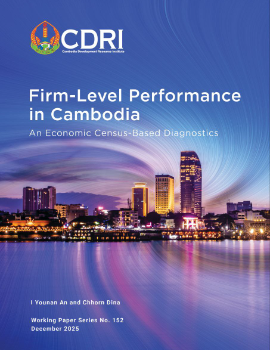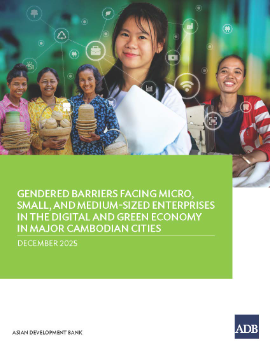
Public Spending on Education, Health and Infrastructure and Its Inclusiveness in Cambodia: Benefit Incidence Analysis
Keyword: Benefit incidence analysis, marginal benefit incidence analysis, concentration curve, education, health, infrastructure.
Abstract/Summary
This paper examines public spending on education, health and infrastructure in Cambodia. Using benefit incidence analysis (BIA), marginal benefit incidence analysis (MBIA) and the nationally representative household survey data from the Cambodia Socio-Economic Survey (CSES) in 2004, 2009 and 2011, the paper examines whether government spending in each sector is equally distributed across household income groups or geographical zones, and to what extent changes in public spending affect different population groups. Broadly speaking, public spending in Cambodia is not pro-poor except for the spending on primary schools, and it is also disproportionately allocated between rural and urban areas and among geographical zones. Increased public spending, except for primary and lower secondary schools, is highly unlikely to benefit the poor. This suggests that there is an urgent need to implement sectoral pro-poor policies within the prioritisation of target regions.



